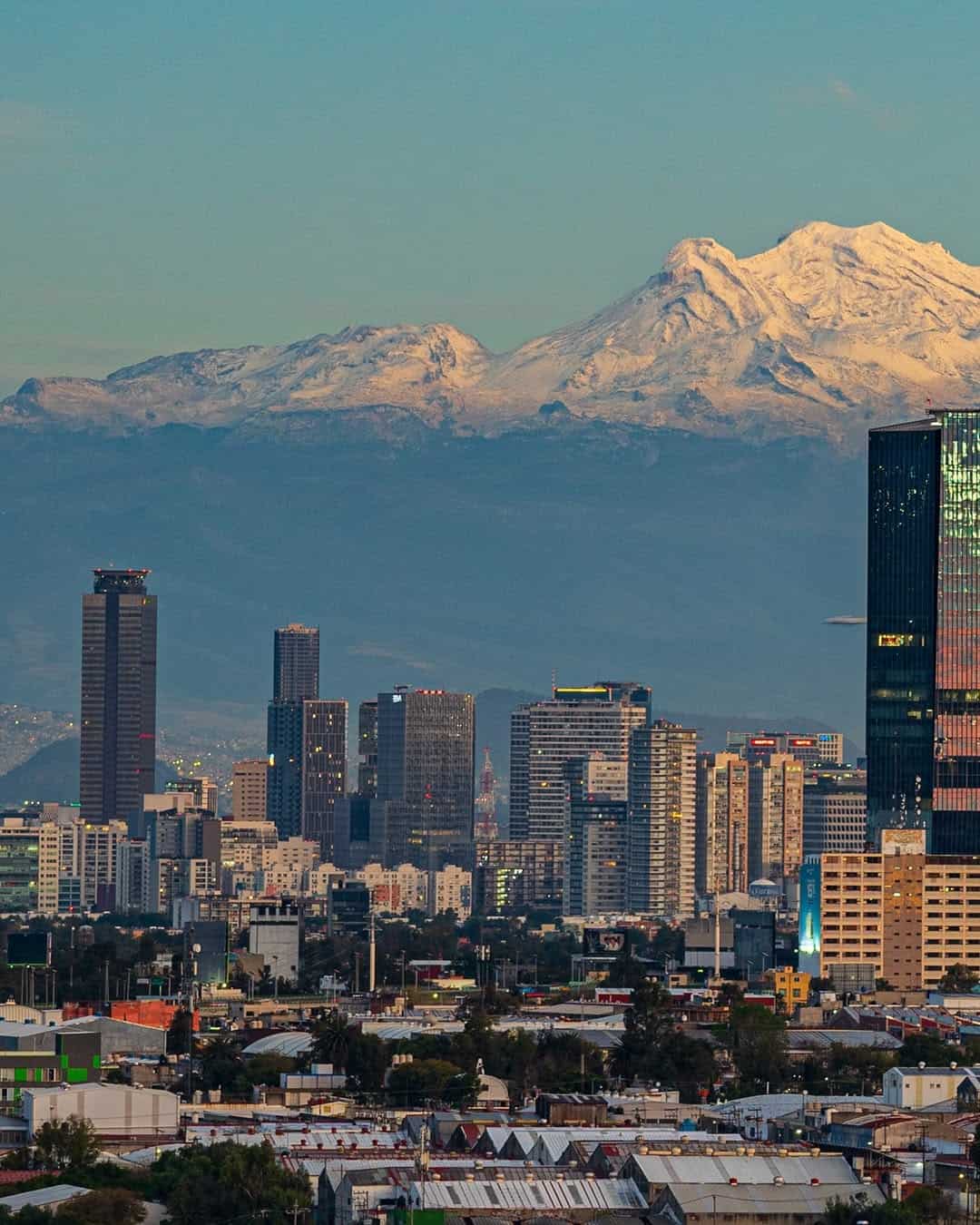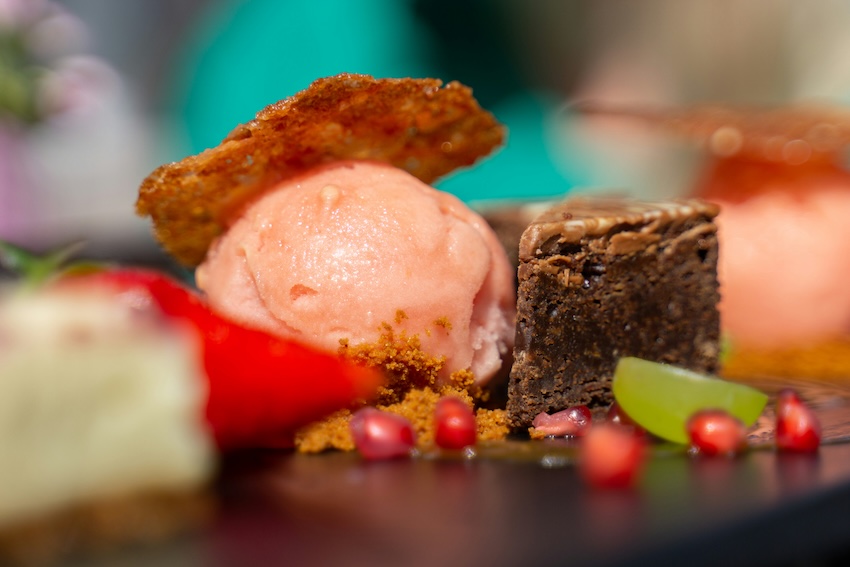We often forget that before we arrived in this world, there were lives, stories, cultures, traditions and gastronomy. We forget that the craving for something fresh in the heat of summer is as old as human history itself. We forget that the joy of eating ice cream is something people have shared across time and continents.
The snows of Popocatépetl and Iztaccíhuatl

Today, if we’re craving ice cream, we can go to an Oxxo or our favorite ice cream shop at any hour and pick our favorite flavor. In pre-Columbian times, eating sorbet was a luxury.
First, it’s important to know that there was a god of ice: Iztlacoliuhqui. He was associated with natural disasters, specifically frost and freezing temperatures. The Mexicas (Aztecs) would extract ice from the Popocatépetl and Iztaccíhuatl volcanoes. The tamemes — porters and runners trained since childhood to carry out deliveries across the land at high speed who you can think of as the FedEx of the era — made two-day journeys from Tenochtitlán to the base of the Popocatépetl and Iztaccíhuatl in modern-day Puebla. They collect blocks of ice, wrapping them in ixtle and animal hides to preserve them. Then, they would run back with the heavy blocks on the back to Tenochtitlán.
Once there, the ice was carefully unwrapped and dried, crushed into small pieces and sweetened with prickly pear, honey or agave syrup and sometimes even mixed with fruits like zapote, cherimoya, tejocote, mamey and capulín. It was placed in clay vessels and sold at the Tlatelolco market, where Mexica priests and nobles might buy it for up to 20 cacao beans— a fortune. The snow was consumed in ceremonies meant to prolong the rainy season and delay frost, though I like to imagine that sometimes they simply enjoyed it for pleasure.
Milk plus snow equals ice cream
1529 is a year that should be marked in Mexico’s history. A Spanish friar had the idea to tell Indigenous people — who already mastered the recipes and techniques of making snow — that if they added a little milk and some fruit, they would get ice cream.
By 1620, when the Spanish authorities created a “snow monopoly” to control ice extraction and trade, Mexico’s first commercial ice cream maker emerged: Leonardo Leanos. However, Leonardo’s ice creams were reserved for the elite and nobility of colonial society.
Ice cream for everyone
Thanks to the introduction of the Italian garrafa method in the 17th century, production costs dropped, and ice cream started flooding town squares.
The technique used two containers: a metal one inside a wooden one. The metal container, holding the ice cream mixture, was surrounded by a layer of salted ice and rotated constantly to maintain the texture. This method is still used in many places in Mexico today.
I don’t recall seeing lasagna-flavored ice cream, Iberian ham ice cream, or escargot ice cream anywhere else in the world, though I wouldn’t be surprised if they exist. However, in Mexico, ice cream flavors have always been quite exotic.
I once found an 1800s convent cookbook from Puebla with floral ice creams like lavender, orange blossom, and rose petals. There were also ice creams made with aromatic herbs like rosemary, spearmint, and dill. The most interesting find? Honey ice cream—perhaps the nuns knew that honey snow was once reserved for Mexica priests and nobles.

Since 1872, Puebla has had chile en nogada ice cream. Oaxaca offers mole-flavored ice cream, and in Jalisco, you can find tequila with sangrita sorbet.
With warmer days ahead, I suggest we all embrace our inner nobility and make honey ice cream. And as we enjoy it, let’s ask Iztlacoliuhqui for plenty of rain but zero floods this year.
Helado de miel
Ingredients
View this post on Instagram
Instructions
Like me, tell your family that you should consider “investing” in an ice cream maker to keep this ancestral tradition alive. Wink, wink.
Or simply support artisanal ice cream makers this season. Grab a cone, find a nice park, and enjoy the dolce far niente— Mexican style.
María Meléndez is a Mexico City food blogger and influencer.
